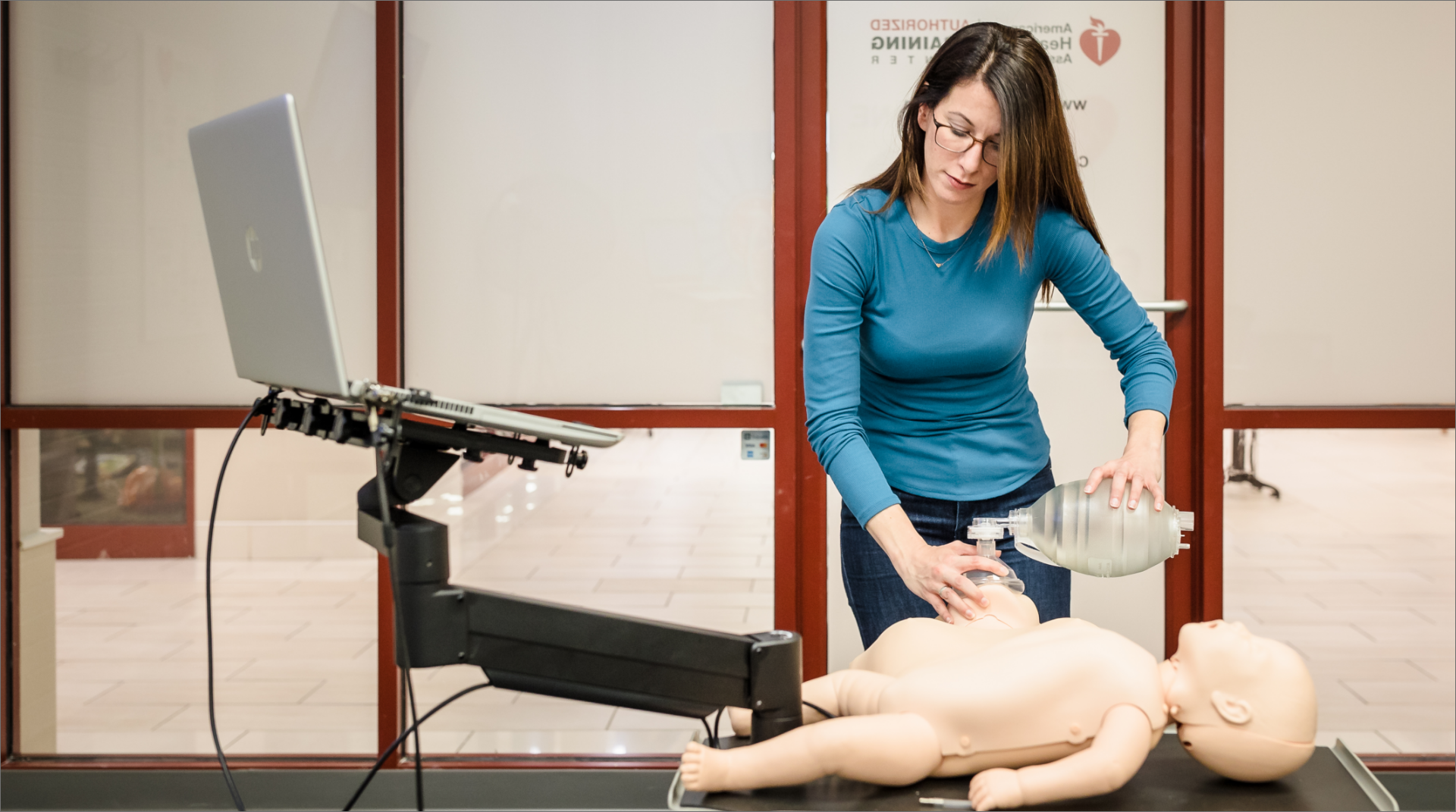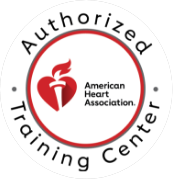

CPR Resource Center
The most comprehensive library of emergency training resources — including videos, articles, downloads, and more.


The most comprehensive library of emergency training resources — including videos, articles, downloads, and more.
The first part of our series focuses on the challenges faced during the recognition of cardiac arrest and the actions necessary to get immediate help.
Both CPR training videos and Hollywood consistently make cardiac arrest appear the same way – a person lying on the ground, usually face up, unconscious and not moving. In reality this is not the case.
A 2008 study published in Circulation found that 39% of studied patients in the greater Phoenix area had gasping or agonal breaths during the first minutes of cardiac arrest. These breaths can be easily mistaken for normal breathing by bystanders causing a delay in starting CPR.
David Hiltz, Director of Quality and Development at Code One Training Solutions, recently presented “Hacking the Human Brain” at the National Collegiate EMS Foundation (NCEMSF) conference. This presentation shared several documented instances of when cardiac arrest victims presented with gasping breaths, seizures, and involuntary movements during cardiac arrest.
One case in particular, a cardiac arrest which struck Chris Solomons, was captured by a BBC documentary crew when he collapsed while at work as a medical helicopter dispatcher. Solomons arrest was witnessed by the flight crew who immediately began treatment using CPR and defibrillation. In the moments after collapsing, Solomons has agonal gasping breaths and makes involuntary movements raising both arms over his head while CPR is being performed.
Studies routinely show that even trained healthcare professionals have difficulty identifying whether a pulse is present in suspected cardiac arrest victims. The American Heart Association spells this out clearly in its 2015 guidelines:
Lay Rescuers: Don’t check for a pulse. If the person is not responding and is not breathing normally, start chest compressions.
Healthcare Professionals: Feel for a pulse and look for normal breathing for at least 5 seconds but no more than 10 seconds. If there is no normal breathing, no pulse, or if you are not sure if you feel a pulse, start chest compressions.
According to the American Heart Association, performing CPR on an unresponsive and apneic (not breathing) person who has a pulse is unlikely to cause harm and may elicit enough painful stimulus for them to become responsive. On the contrary, not performing CPR on someone who actually needs it is certain to result in death.
Normal breathing plays a significant role in the decision making process. Since gasping breaths are not normal breaths, the person should be treated as if they are not breathing and CPR should start immediately.
Bystanders should call 911 immediately when they recognize that a person is experiencing a medical emergency whether that be cardiac arrest or something else. Dispatchers are trained to gather information about the emergency so that they can send the appropriate resources and initiate bystander CPR if indicated.
The bystander should delegate calling 911 to one particular person and request that the person advise them when that call has been completed. This ensures that the 911 system has been activated. Similarly another bystander can be assigned to retrieve the first aid kit and AED.
The fundamentals of 911 Telecommunicator Initiated CPR (more commonly referred to as T-CPR) uses two simple questions and a command to start hands-only CPR.
Is the person awake? No.
Is the person breathing normally? No.
We are going to start CPR.
We’ll cover how to perform hands-only CPR in Part II of our series.
Help Me Find a Course